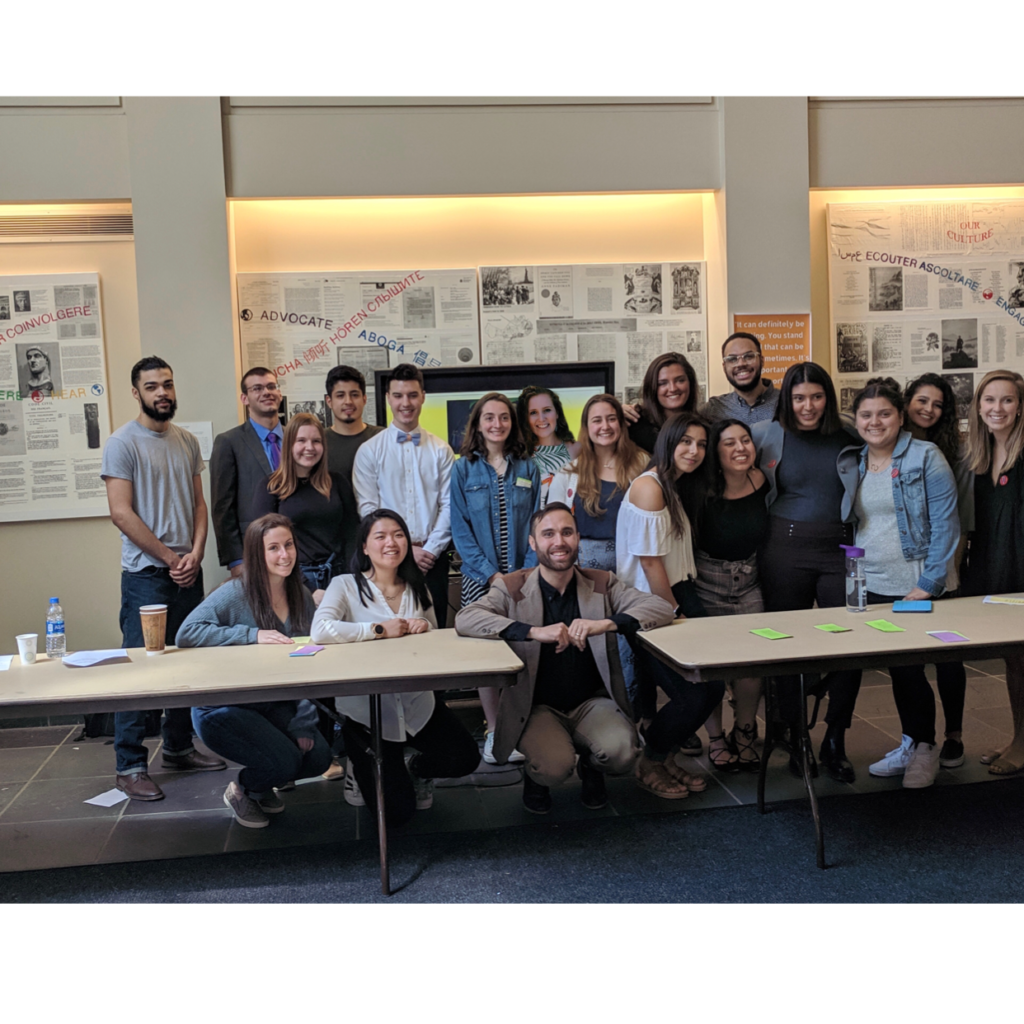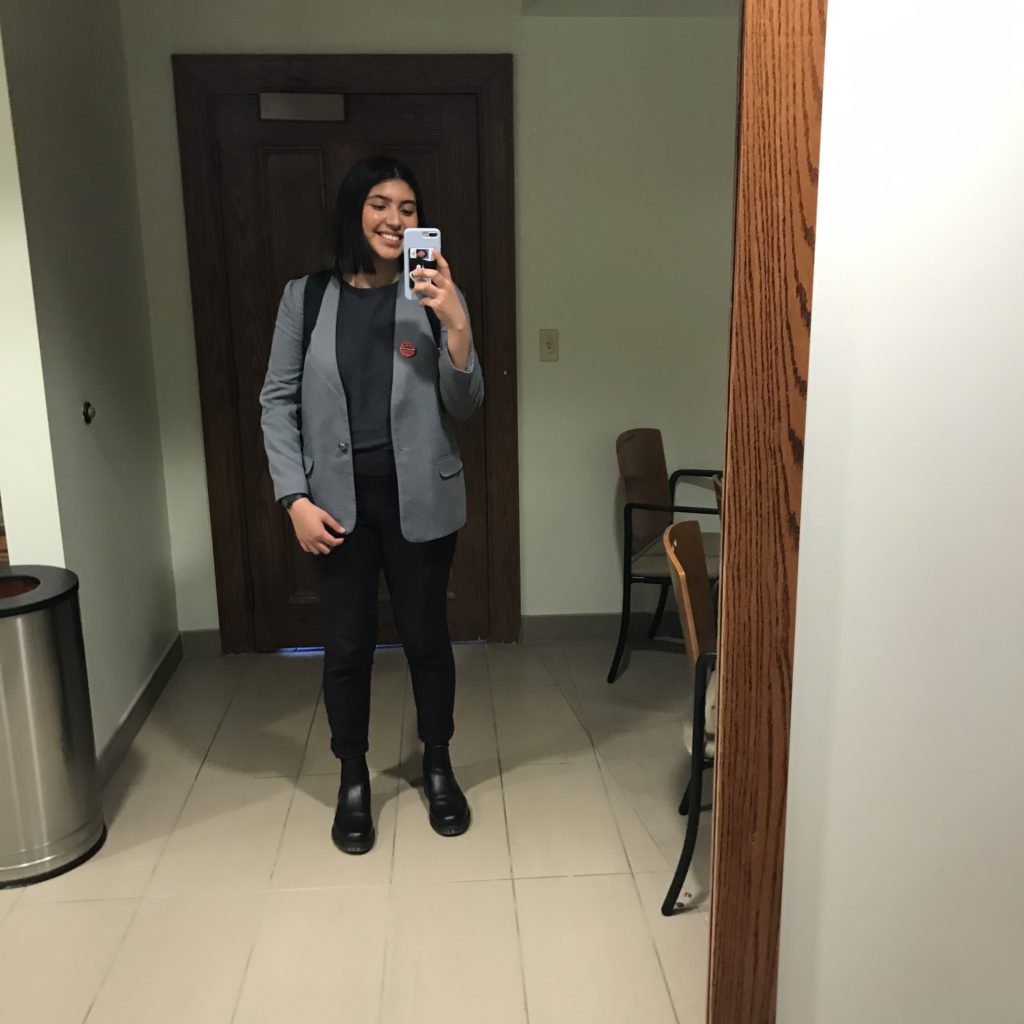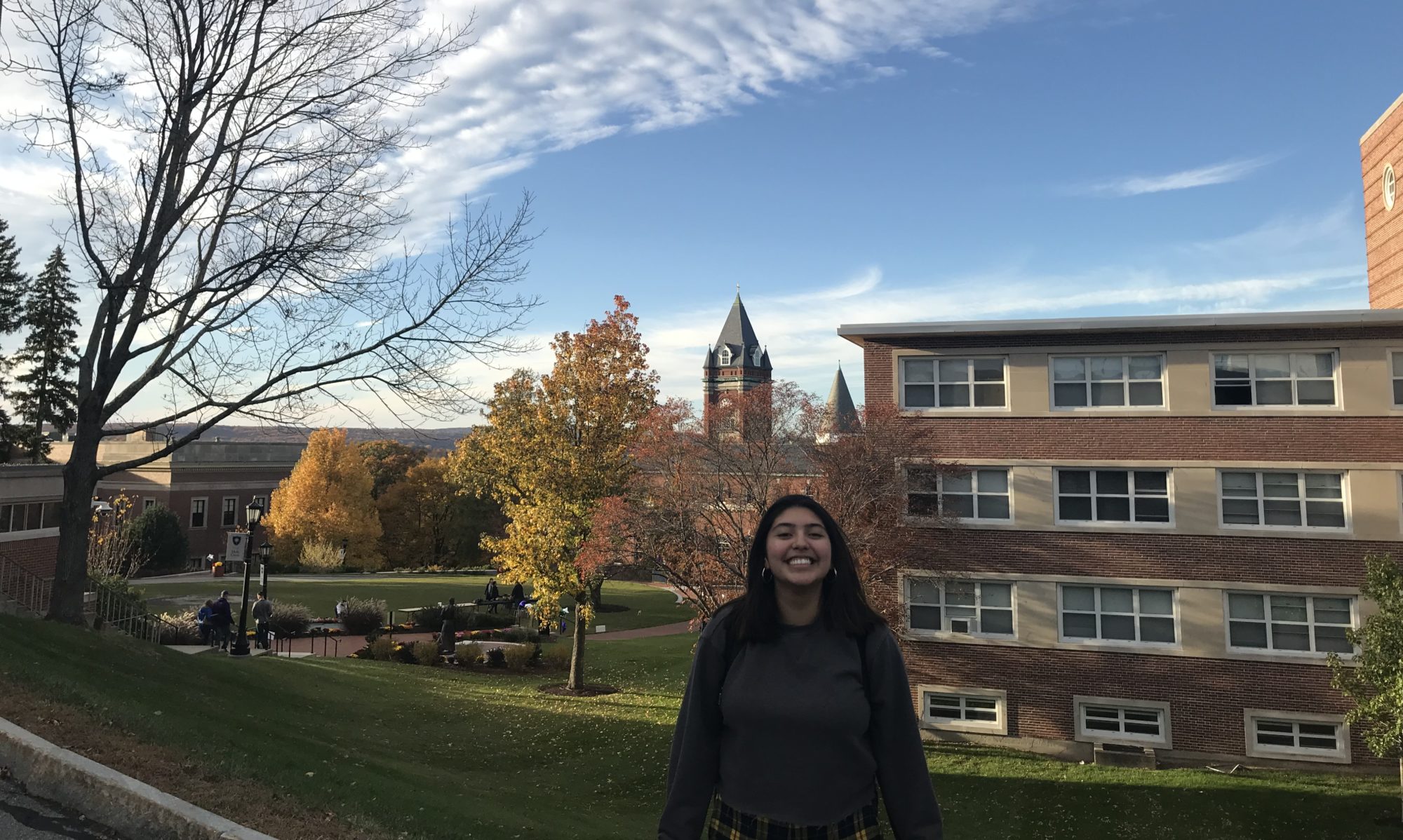
This week I got to present with my class at the annual Academic Conference. My Class, LALCS 299 (Indios in Latin America: Indios and Visual Culture in Latin America and the Hispanic Pacific) presented 6 different theses that reflected the different aspects of indigenous studies in Latin America we have been learning throughout the semester. Our class divided our presentations in groups of 3 people and my group presented the thesis:
“Culture is not a fixed or static concept as it is inevitably challenged and changed over time. This process is influenced by migration, development and new understandings of culture and the changing environment. A major part of this process has been influence and assertion of other cultures” (Condensed: Culture is not Fixed).
As an example of a changing culture, we cited the Quechua Scissors Dance, or the Danzaq of Southern Peru. In one of the performance footage (by the New York Folklore Society ) we saw performers wearing Chuck Taylors with their full traditional clothing, an interesting influence of American culture now that performance and competitions are held in the United States to preserve culture. The most interesting aspect of the dance though, is not necessarily the use of scissors to dance with, but the story behind it. Originally, rocks were used to mimic the sound of rain and with the introduction of steel by the Eurpeans in Perú, there was a shift to scissors. To accommodate migration, many of the instruments used for the dance adapted to a different forms so performers could play them while in motion.
Additionally, we cited moments or motivations in which we see shifts in culture:
- Colonization
- Time
- Technology (archives)
- Space (migration)
- Resistance
- Art
My biggest takeaway from this project was that culture as a fixed phenomenon has historically oppressed indigenous people, which is why we cannot have a monolithic understanding of it.



